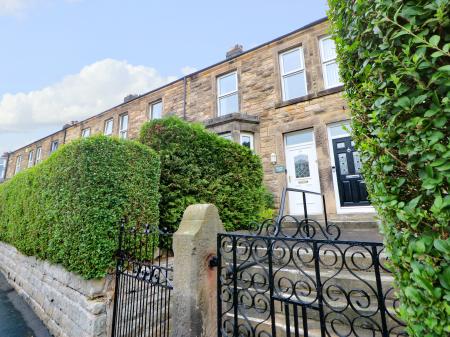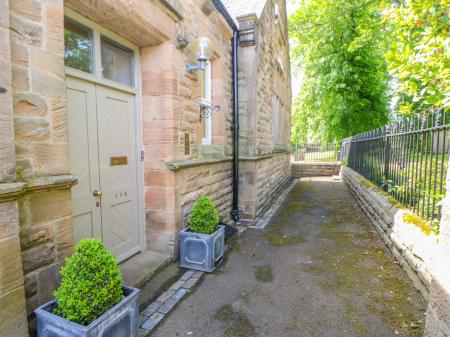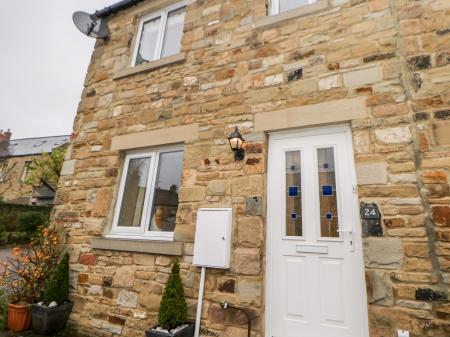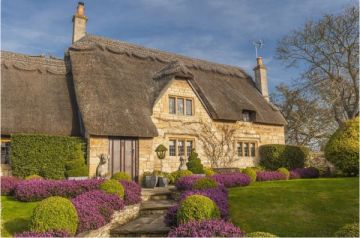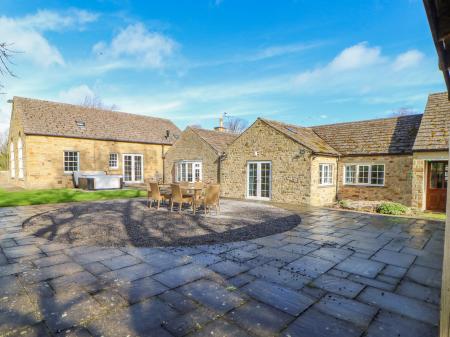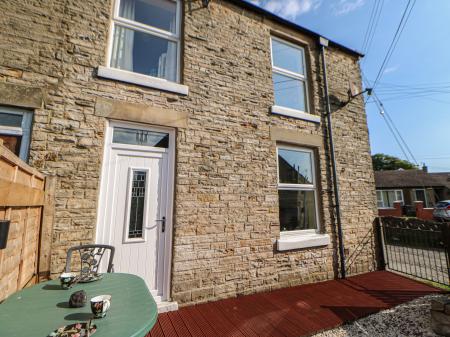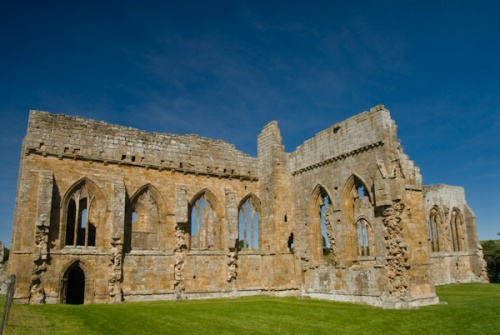
The abbey, which was dedicated to St Mary and St John the Evangelist, was never terribly well endowed, and usually numbered only fifteen canons, several of whom also served as vicars of nearby churches, a somewhat unusual arrangement. Throughout its history, the abbey suffered from ongoing poverty not to mention raids from the Scots!
So poor was the abbey that they often struggled to maintain the minimum number of 12 canons required to maintain status as an abbey. In the early 13th century the abbey at Premontre, in France, the headquarters of the Premonstratensian order, held an enquiry to see if Egglestone should be allowed to continue as an abbey or 'downgraded' to priory status.
Egglestone survived the enquiry, but it does indicate that the canons must have led a very hand-to-mouth existence. In 1398 Pope Boniface VIII tried to help by offering an indulgence to any pilgrim visiting Egglestone on one of the main religious feast days. The abbey was frequently unable to pay its taxes, and in 1496 the canons were excused taxes 'on account of their notorious poverty'.
After the Dissolution of the Monasteries under Henry VIII, the abbey was sold to Robert Strelly, who converted the monastic buildings into domestic quarters from himself and his family. A farmhouse was established in the former east range of the abbey. However, the abbey quickly fell into decay, and eventually was pulled down, and the stone used for building nearby Rokeby Hall.
The best remaining buildings are the abbey church, where there are several surviving medieval tombs under the crossing, notably the table tomb of Sir Rafe Bowes. The east end, or presbytery, stands to the height of the great east window. Beyond the church is the cloister, of which only the foundation walls exist to show the outline of the cloister walk.
The other major section of the abbey buildings to survive partly intact is the east range, where the chapter house was located. Here you can clearly see the signs of alterations made when this building was converted into a farmhouse in the 16th century.
This is a lovely site, peaceful and very enjoyable to visit. A nice spot for a picnic on a sunny summer's day!
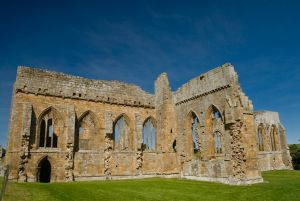











 We've 'tagged' this attraction information to help you find related historic attractions and learn more about major time periods mentioned.
We've 'tagged' this attraction information to help you find related historic attractions and learn more about major time periods mentioned.